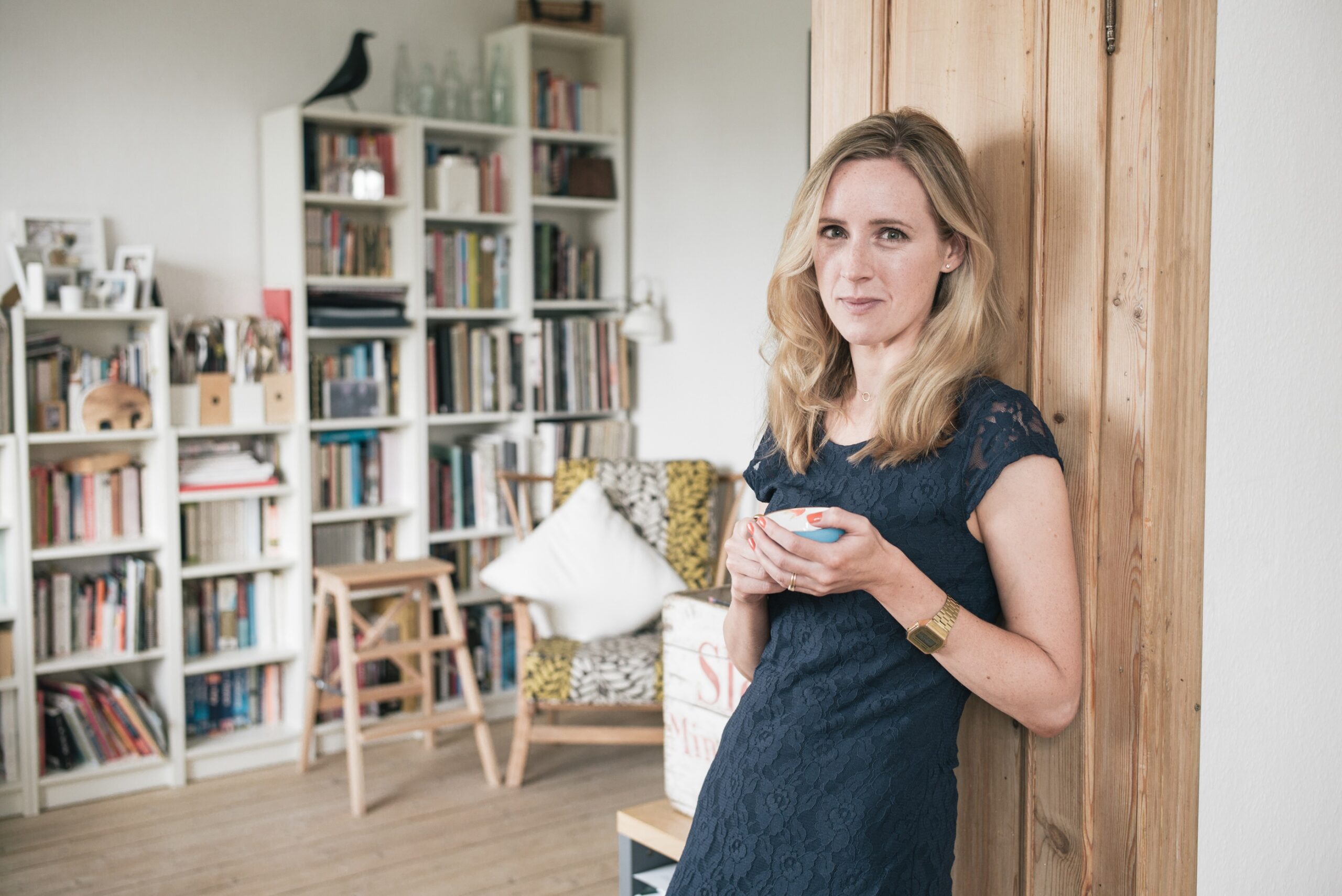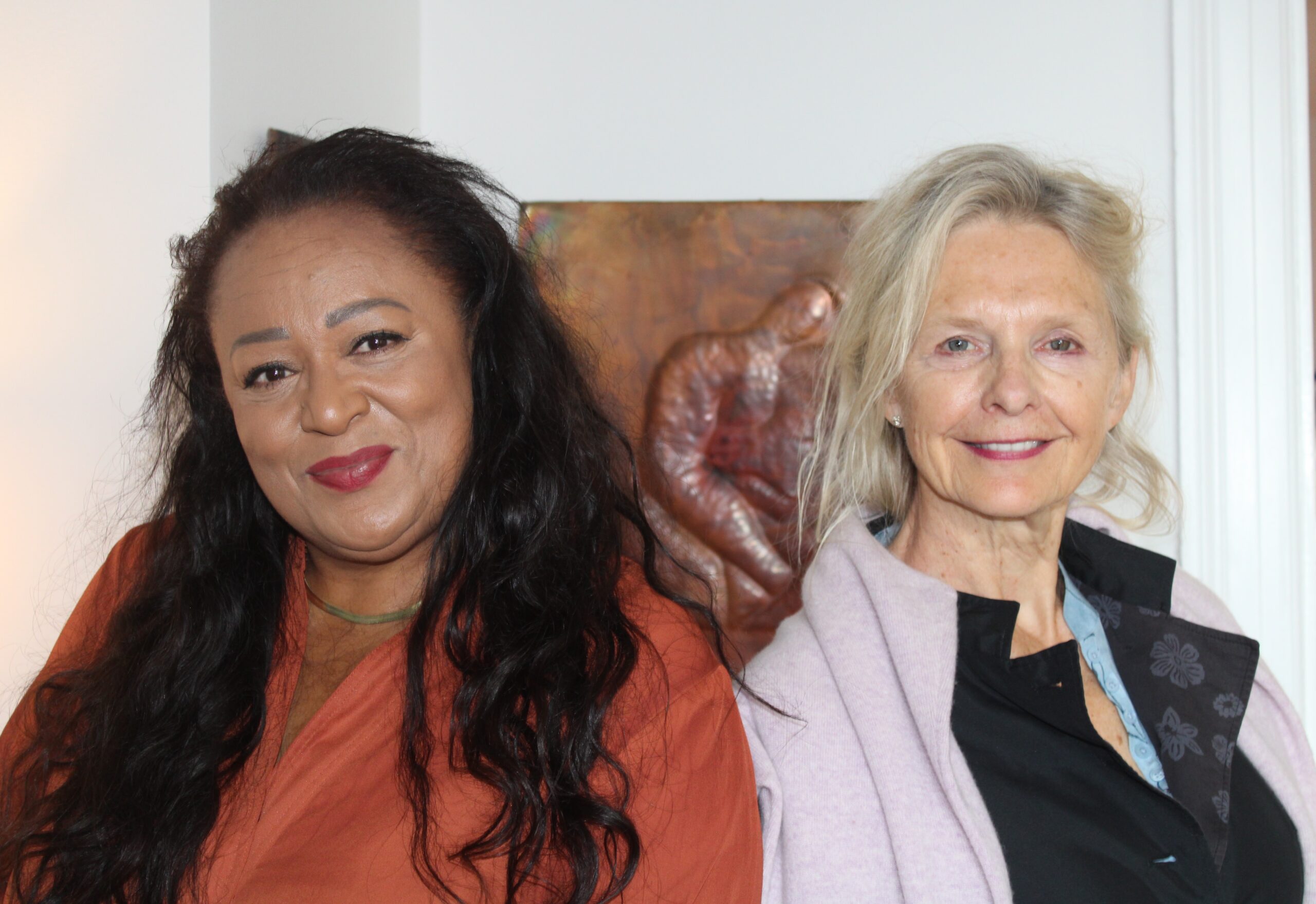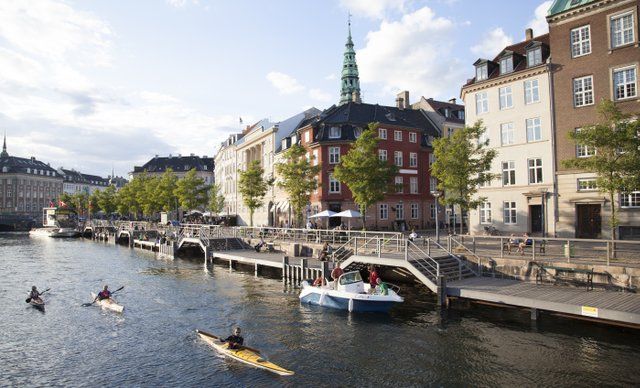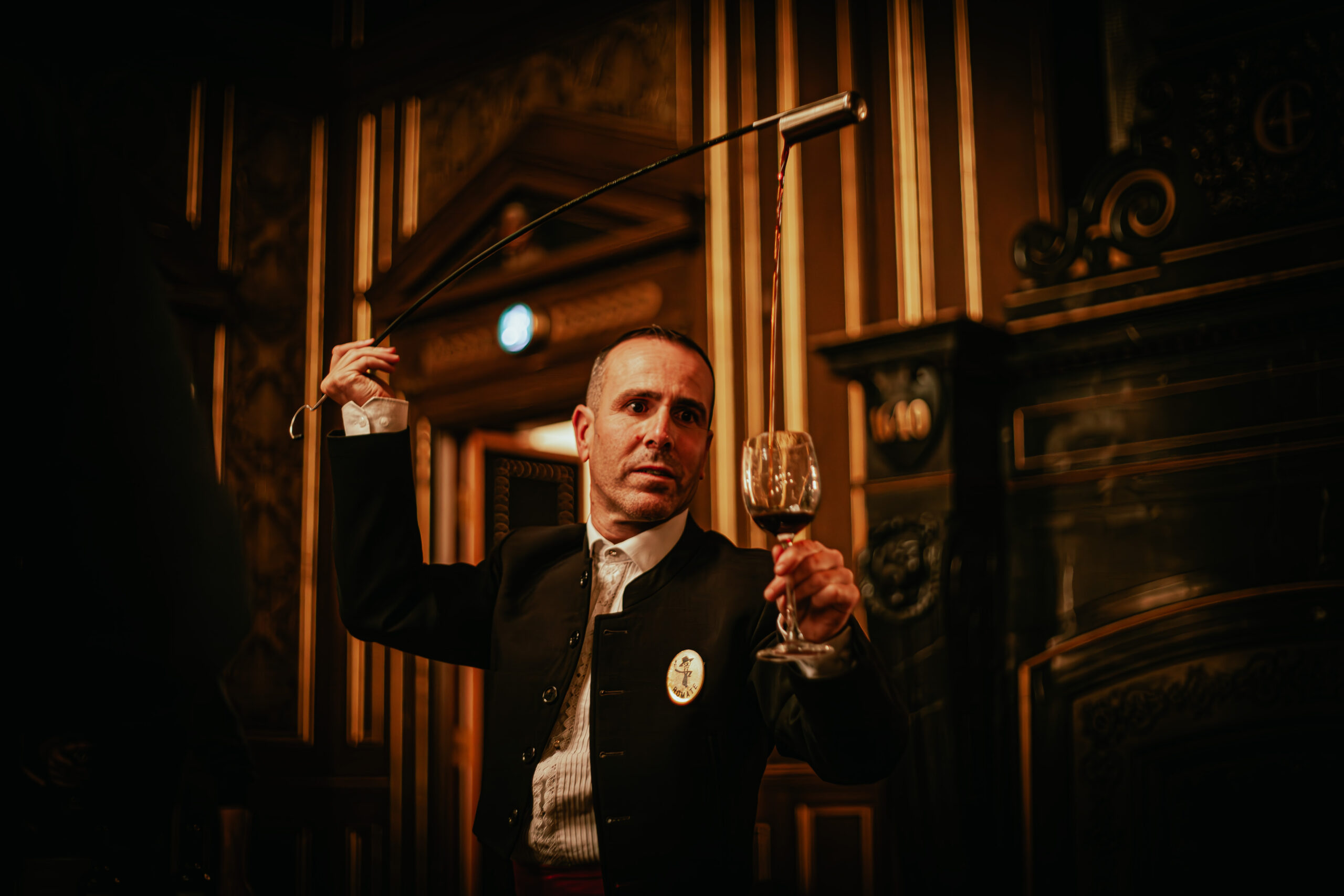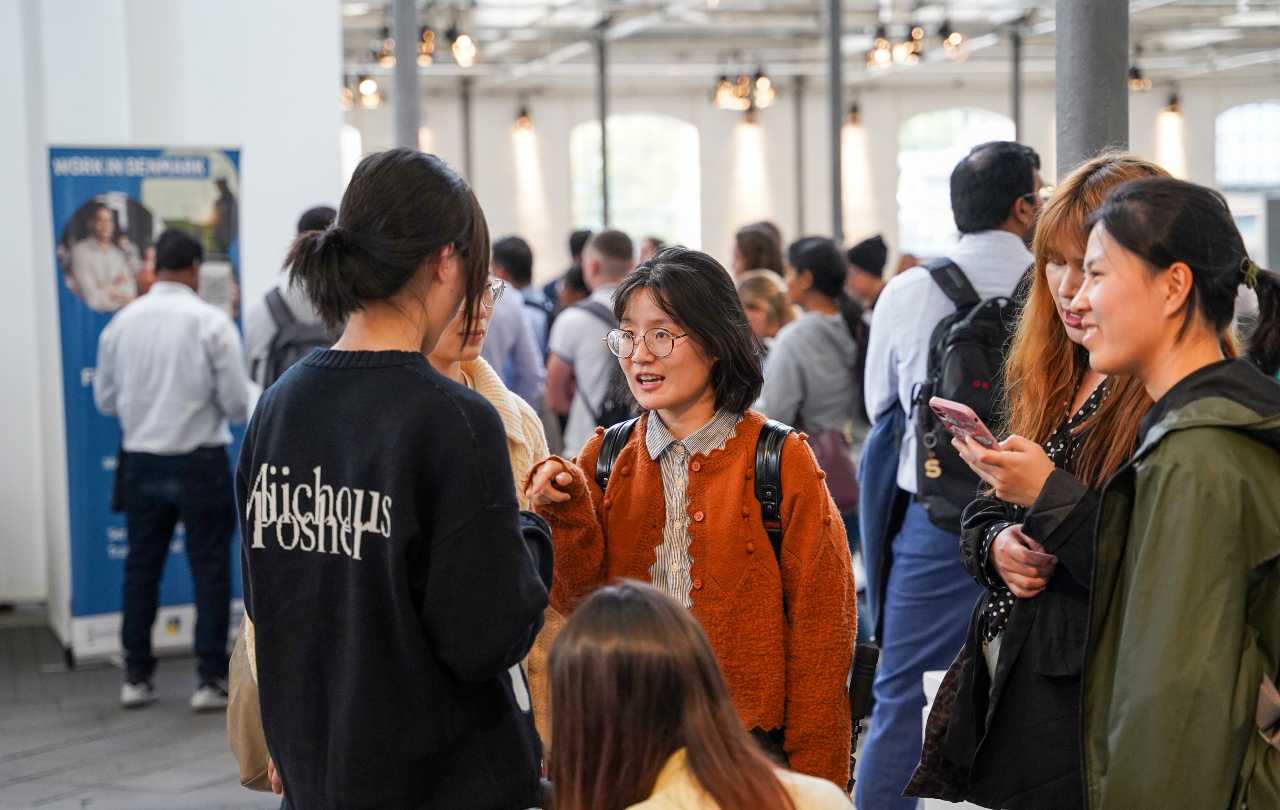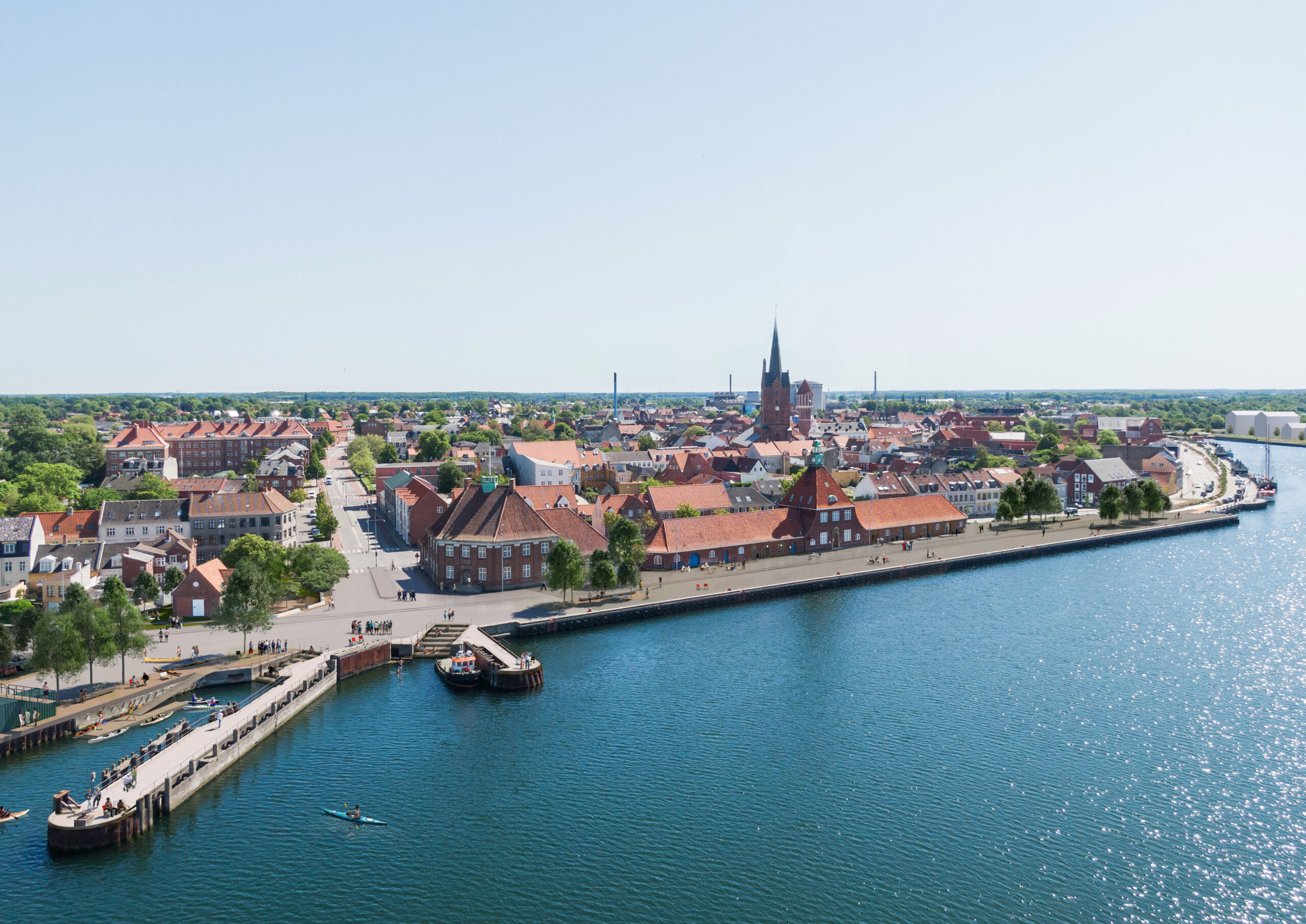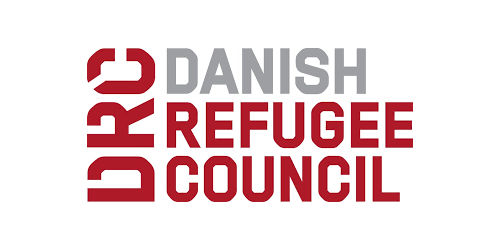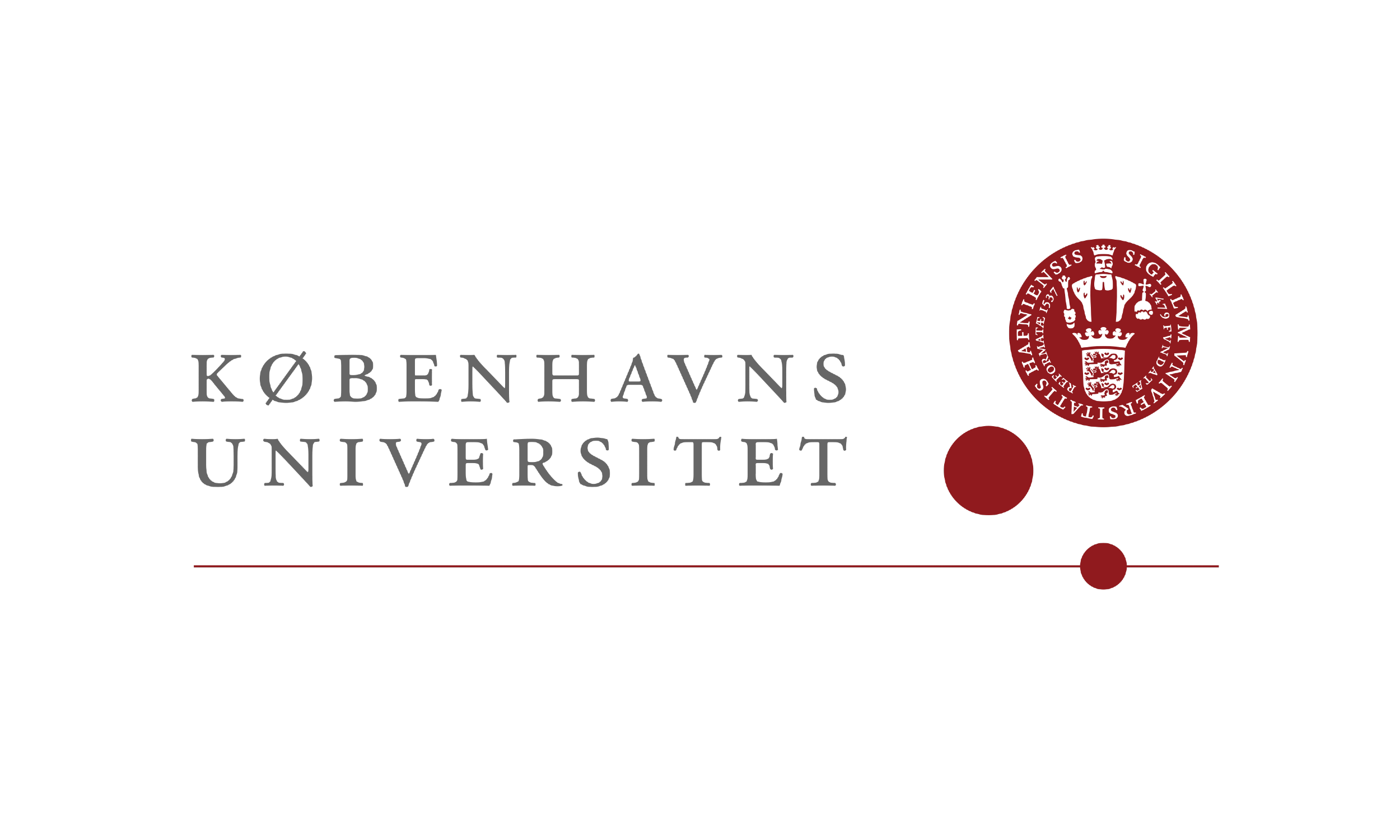The injustices of the fashion industry don’t just affect the professionals, they impact the lives of everyday women. While many in the industry are speaking out that something must be done, tackling the obstacles and finding an all-encompassing solution to the myriad of problems is proving difficult.
According to Eva Kruse, the head of the Danish Fashion Institute, that solution starts with changing our standards – both the ones society assigns to the female image and the literal standards that govern the industry. It’s an effort that, for Kruse and Copenhagen Fashion Week, begins with a charter of concrete rules that govern how Danish agencies treat models.
The rules range from age requirements for models to mandating that they be served sufficient meals on the job.
But, Kruse says, regulations can only go so far – what’s more important is the fundamental message that the charter conveys. Treating models fairly, she suggested, should communicate the idea that they are worth more than just their looks. That’s why she always makes sure to have nutritious food available at fashion shows and shoots.
 “The symbolic value of healthy food servings is about showing them that we care and that they are respected as humans,” Kruse said.
“The symbolic value of healthy food servings is about showing them that we care and that they are respected as humans,” Kruse said.
Susan Scafidi, who has fought for better treatment for women in the fashion industry, agreed. Through her work with Model Alliance, she has fought to ensure that models receive fair treatment, such as breaks and meals at work, and that the models aren’t exploited or abused.
The underlying idea, she said, is that if the industry put more work into empowering models, ideals might begin to change on their own.
However, the efforts of Model Alliance have had mixed success.
“It’s had some big successes,” Scafidi said. “Vogue International, responsible for 16 publications, agreed to stop hiring models under the age of 16. Hopefully we can push that number up to 18.”
The under-16 measure was violated within a year, however, but Scafidi largely attributes that to models lying about their age.
According to Scafidi, good intentions can only go so far, and rules and conditions alone aren’t enough to change the industry.
Scafidi says the bigger issue is society’s obsession with physical beauty, which places insurmountable pressures on women.
 “Obesity is rife within society, and that’s why we’re becoming all the more obsessed with being thin,” she said. “If we were famine thin, then being curvy would be the popular thing.”
“Obesity is rife within society, and that’s why we’re becoming all the more obsessed with being thin,” she said. “If we were famine thin, then being curvy would be the popular thing.”
“No one player can change the system,” she continued. “That’s why we’ve chosen to work with agencies rather than simply hold banners and shout slogans. That might bring attention, but it’s short-lived. We’re in it for the long haul.”
Likewise, Kruse hopes that Copenhagen Fashion Week’s charter will challenge the traditional notions of beauty.
“We hope that the charter will promote more natural and healthy beauty ideals,” Kruse explained. “It’s important that young people don’t believe all the images they see in magazines to be real. It’s a dream world where all the available tricks have been used to make the perfect image.”
While Kruse felt that Danish fashion is on its way to promoting a greater range of images, she agreed that the industry as a whole has a long way to go.
“On the international catwalk, you sometimes see female models who almost look like boys, as well as more curvy women. We’d like to see that even further expressed and have more diversity in the looks,” she said.
But Kruse also pointed out that hiring curvier models isn’t enough. Like Scafidi, she feels that the problem transcends the models themselves. The greatest challenge, she said, is for the fashion world to open the lines of communication about the reality of the ideals they promote.
“What we aim to work on is to open the discussion about beauty and health and show people that the fashion world is an illusion,” she explained.
At the end of the day, creating charters, enforcing rules and shouting slogans are all well and good, but a discussion of image is still imperative.
Perhaps a lasting solution will only arise when society begins to address what underlies the diets, music videos and fashion magazines: the human image as a product for profit. If the public stopped watching the game, perhaps the players would be forced to rethink their approach.

